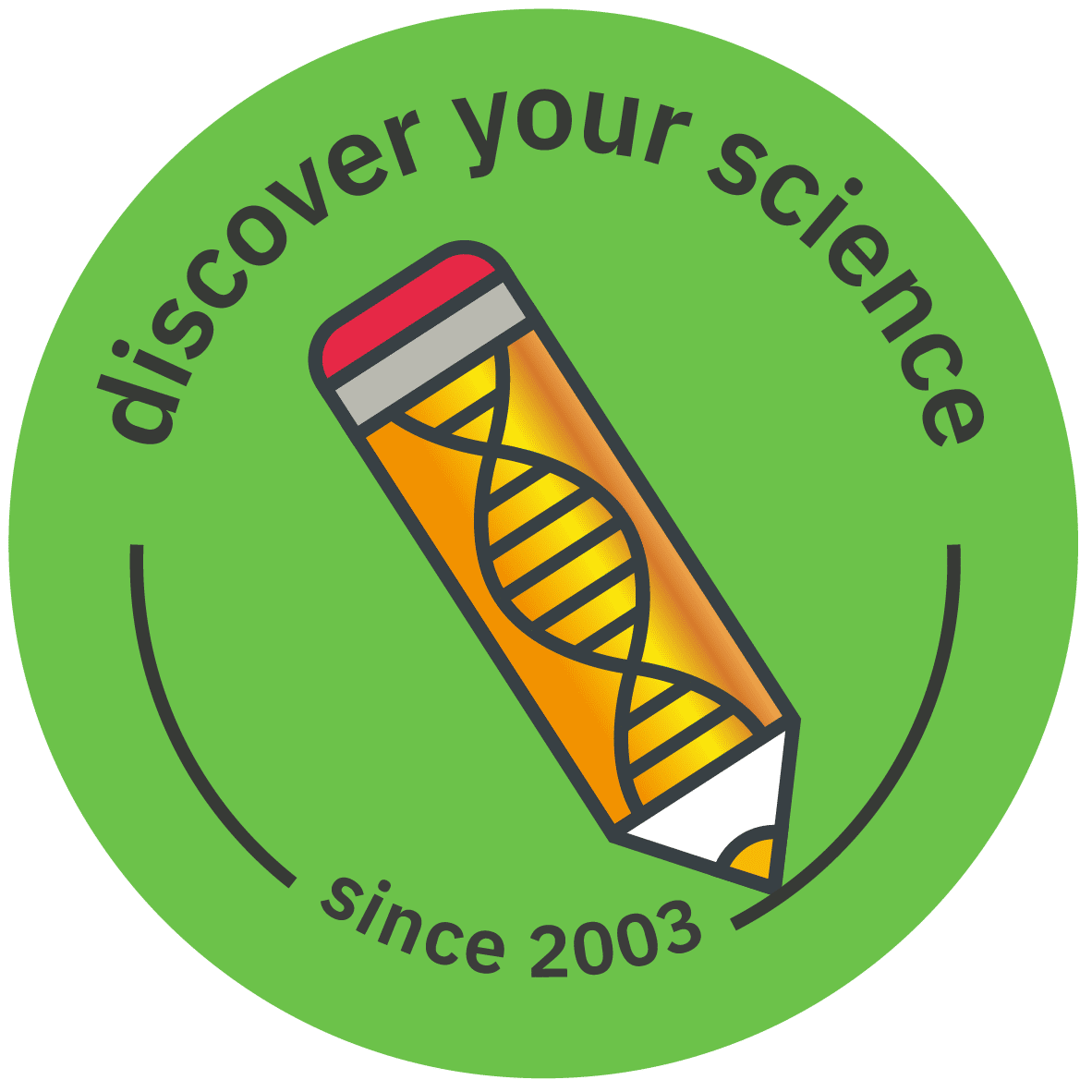From big machinery to tiny machines: ELLS LearningLAB in Heidelberg on DNA Barcoding
Rain, cold winds and muddy terrain could not stop 24 European secondary school biology teachers and teacher trainers enjoying the first morning of the 2.5 day ELLS LearningLAB which took place in Heidelberg last week. The continuing professional development course, which was organized in collaboration with the building materials company HeidelbergCement, explored how schools could use modern molecular methods for species identification (DNA barcoding) to study plant biodiversity.
Having received an introduction to DNA barcoding on the previous evening, the course participants arrived equipped with raincoats, hiking boots and – most importantly – sample collection tubes at HeidelbergCement’s quarry in Nussloch. Guiding through the renatured part of the quarry, Tina Gölzer, responsible for biodiversity management of the company’s quarries, introduced the teachers to the unique ecological habitat of a disused mining site. The teachers were now tasked to explore the quarry flora and collect plant material which could be used for species identification later on. After sample collection, a small surprise was waiting for the teachers: a visit to the active mining site of the quarry! Here, wading along a muddy road in the rain was immediately rewarded with a perfect view into the mine and its extremely large excavation and transport machines, and just in time to observe a mining blast from a save distance.
Back at EMBL Heidelberg – now with dry clothes in the wet-lab – the curious course participants extracted DNA from the collected plant samples. They then utilised the workings of a tiny molecular machine – the DNA polymerase – to amplify two DNA barcode regions by Polymerase Chain Reaction and prepared those for DNA sequencing. These DNA barcodes are highly variable regions on the plant chloroplast and are responsible for some of the key metabolic reactions of the organism. Comparing the sequences of these marker genes to reference entries in a biological database allows identification of the plant to species level.

To further the link between biodiversity and DNA barcoding technology, the day’s programme was complemented with an engaging talk by Guy Cochrane, leader of the European Nucleotide Archive (ENA) – a free bioinformatics database containing the world’s nucleotide sequences. Guy, based at EMBL-EBI, illustrated how bioinformatics research and services help make sense of the data obtained by biodiversity research via DNA barcoding, and started a lively discussion on current and future trends in bioinformatics.
The final course day kicked off with a seminar by HeidelbergCement’s Tina Gölzer. Course participants were eager to hear about the company’s efforts to renature and recultivate disused quarries, its environmental sustainability strategy and biodiversity outreach initiatives – particularly those relevant to schools. Having heard about ENA in Guy’s talk the previous day, the teachers were now given the opportunity to explore this database and other bioinformatics tools, and use them to analyse sequence data from DNA barcoding. Post-lunchtime visits to two EMBL research facilities – the Genomic Core Facility and the plant growth room of the Heisler lab – provided fascinating insights into current research related to genomics and plant science. Participants had the chance to take a peak at state-of-the art sequencing technology, and discuss current progress in genomics research and plant development with EMBL scientists.
The ELLS team certainly enjoyed these intensive 2.5 course days and found interacting with this enthusiastic group of educators extremely rewarding. DNA sequence data of the DNA barcoding project is now available to participants. We are looking forward to receiving the results of their data analysis – and hope to unravel the mystery: “what plant species were collected in quarry Nussloch?”.
